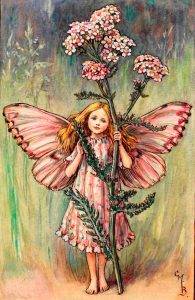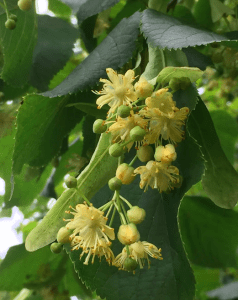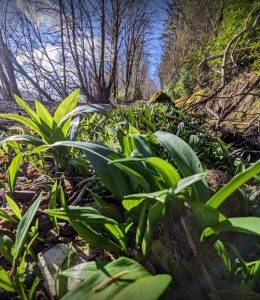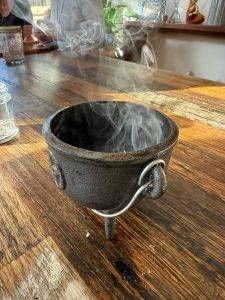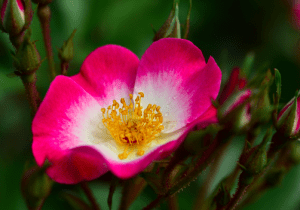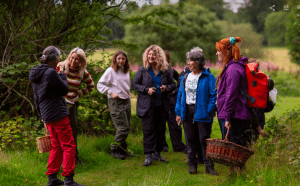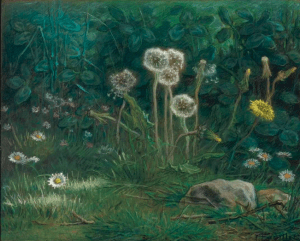Did you know that all Roses are edible and medicinal? Well, you probably did if you’ve joined one of my foraging events as I probably rambled on (a bit like a rambling Rose) about them a fair bit. Don’t use the ones you buy in the shops though as, apart from having no smell, they will have been sprayed with nasty chemicals to preserve them.
Both flowers and hips alike have been used as both food and medicine for thousands of years, with fossil records suggesting that Rose first appeared on Earth 35 million years ago!
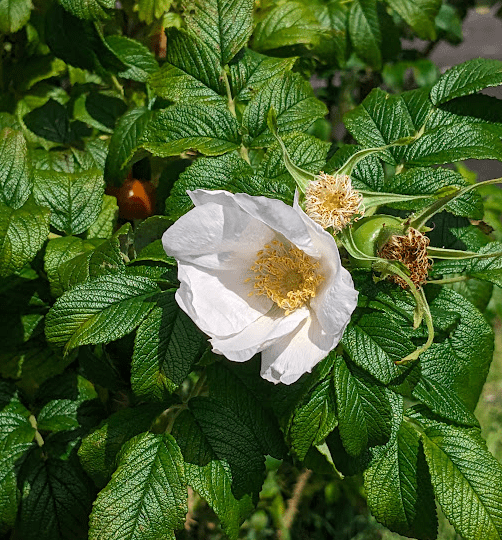
Rose Mythology
More than food and medicine, Roses have long been associated with magic, mysticism, the unfolding of higher consciousness and divine feminine power. The soft velvet petals and uplifting scent symbolizing nurturing and giving, whilst the thorns represent protection and power
At some point in ancient history, the feminine planet Venus, became associated with Rose as it tracked a five petalled shape in it’s orbit around the sun every eight years. The following diagram illustrates this beautifully.
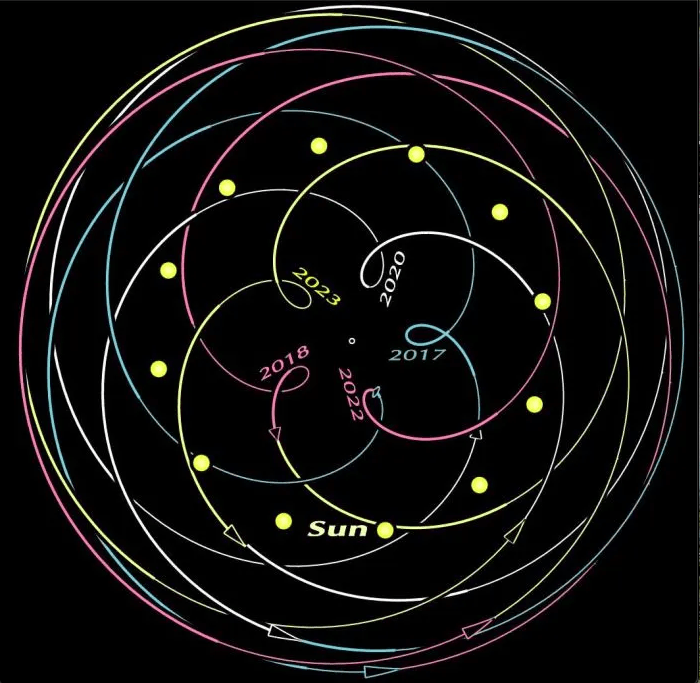
Venus was the Roman goddess of love, beauty, desire, sex, fertility, prosperity and victory and the Rose was sacred to her. In Greek mythology, Aphrodite was considered the creator of the Rose. She was born of seafoam and as the foam landed on the Earth, white Roses sprang from the ground. Festivals were held in Greece and Rome to honour Venus and Aphrodite, with Roses hung over altars and strewn across floors, and priestesses wore rose oil and water and garlands of Rose would be draped around their necks or as crowns upon their heads.
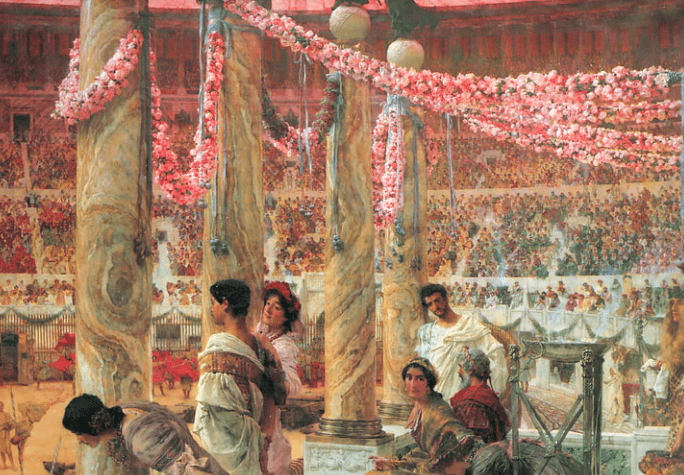
Caracalla and Geta by Lawrence Alma-Tadema
In Celtic mythology the Rose is thought to have represented love and beauty with the five petals representing the four elements, earth, fire, water and air and the fifth petal representing the spirit.
There’s little known about Pictish culture but the image below is a beautiful painting of a Pictish maiden, wearing Roses all over her body.
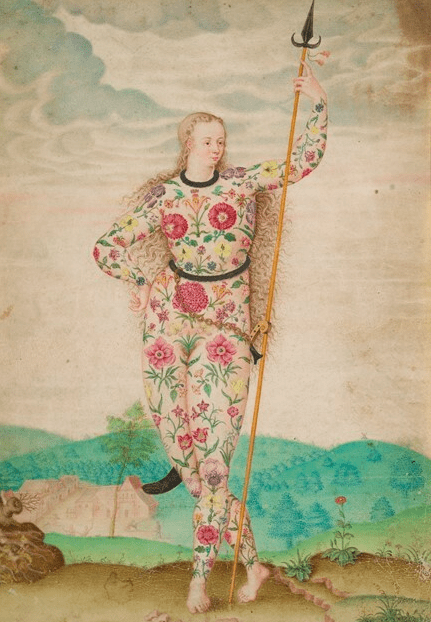
Painting by Jacque Le Moyne de Morgue, circa 1580’s
To the First Nations of the Americas, in many western tribes, Rose was a symbol of life. Paiute, Nez Perce and interior Salish people believed that wild Roses prevented ghosts from causing harm to the living. Roses would be placed in the homes or clothing of people who were in mourning or felt haunted. They would also be attached to the cradle boards of new born infants to bring life and vitality.
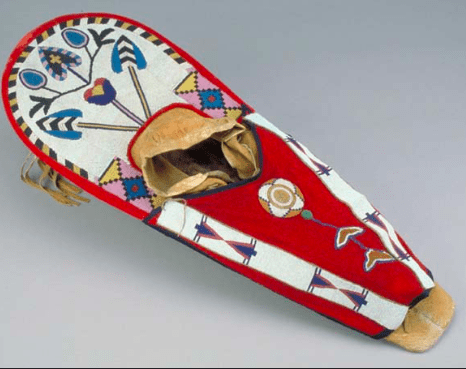
Rose has been the national emblem of England, since The War of The Roses (1455-850, when Yorkists adopted the red Rose and Lancastrians the white. Eventually the two combined as the Tudor Rose, a symbol of peace after the conflict.

As Food
There are lots of beautiful wid and cultivated Roses blooming and the Japanese Rose, Rugosa Japonica, that’s popularly planted around retail parks and car parks, can be found with both flowers and hips in early to late summer.
These fragrant beauties can be used to flavour teas, syrups, cakes, pesto, jams and pastes. Rose petals are particularly popular in middle eastern dishes.
The hips make delicious jams, syrups, ketchup, pestos and soups with Rosehip syrup being famously produced during WW11 for it’s high vitamin C content.
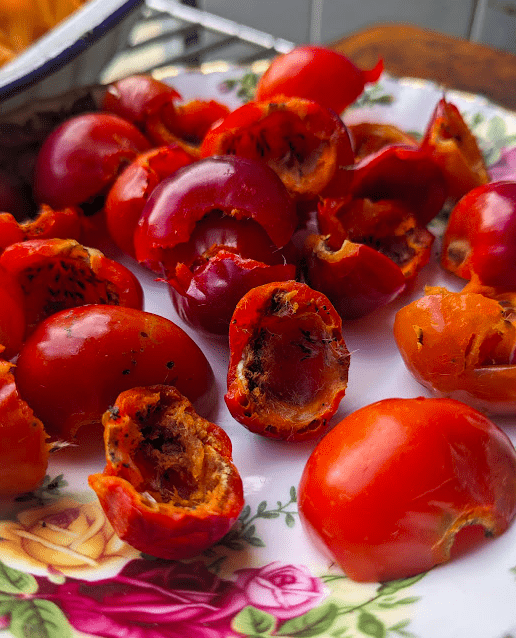
As Medicine
Rose petals contain chemical compounds that cause the brain to release endorphins, reducing cortisol and blood pressure, causing the brain to enter calmer dreamy states. Apparently Rose has the highest electromagnetic frequency of all flowers, raising Human vibrational frequency when inhaled.
Use Rose for calming and uplifting anxious minds and to comfort those who are grief stricken. Rose has a hormone balancing effect on the female reproductive system, helping to regulate periods and reduce pre-menstrual and menopausal irritability. It can be particularly effective if used both internally in infusions, teas or tinctures and externally in an aromatic spray.
The flowers and upper leaves can be used as a mild astringent, to tighten inflamed tissues, sore throats, digestive upsets and mild diarrhoea.
Try making a Rose elixir with brandy and honey and take as a medicinal pick-me-up for shock or mild depression.
The petals can be dried then ground to a powder and mixed with honey to create a thick paste which can be taken internally for upset tummies and, again, mild depression.
Rosehips contain high levels of vitamin C and flavonoids which make the hips a powerful anti-inflammatory, aiding in collagen formation and helping to soothe painful arthritic joints.
They are also traditionally taken as a tea to help ease the symptoms of colds and flu and as a laxative for constipation.
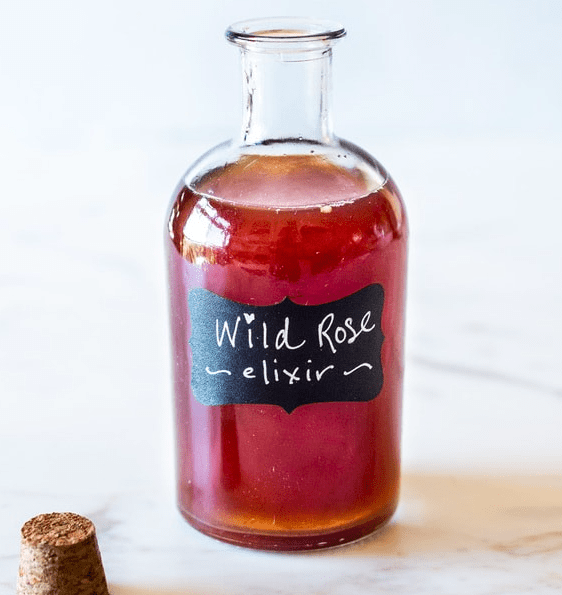
Recipes
I’m sharing two simple recipes here, one with the hips and the other with the flowers.
Rosehip Powder
This is a really easy way to include nutrient dense Rosehips in your food. Sprinkle spoonfuls over your cereal, add into smoothies, soups, stews, cakes and bakes.
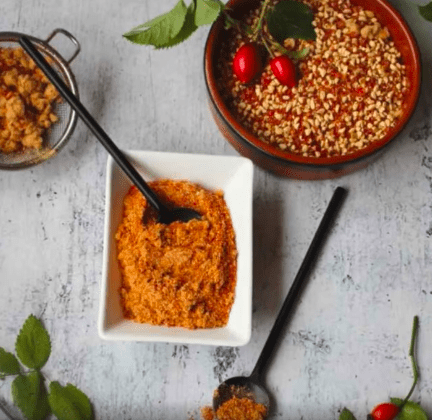
Simply collect as many Hips as you think you may need. Wash and dry them thoroughly and then roughly chop. Place your chopped up Hips onto a tray, lined with baking parchment and leave in a warm place to completely dry out. Once completely dry, place in a fine sieve over a bowl and simply shake out the irritating fine hairs. Store the remaining dried chunks of flesh and seeds in an airtight container or ziplock bag. When you wish to use them, blitz to a powder in a food processor or coffee grinder.
NOTE
I would advise against blitzing to a powder immediately because the plant material will immediately start to leach out phytonutrients. Your Rosehips will retain far more potency if you keep them chunky for longer.
Chunky Rose Petal Pesto
This is another super easy recipe and I have shared my general wild greens pesto with many of you who have attended my events over the years. This pesto has a bit of a middle eastern feel to it. You can keep it fairly simple or add in some spices to make it slightly more exotic.
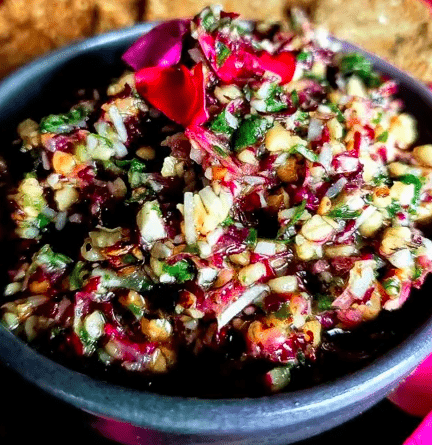
| Ingredients 1 tightly packed cup of fragrant Rose petals 2 cups of fresh or wild herbs of choice 4 peeled garlic cloves Zest and juice of a small lemon or lime 1 cup of toasted nuts or seeds of choice. I like toasted pumpkin seeds 1 cup of oil of choice 2 tablespoons of nutritional yeast/grated cheese of choice Salt and pepper to taste Optional extras are toasted cumin seeds and chilli flakes, or make it wild and add some toasted Ground Elder and Hogweed seeds instead but t’s just as good without. Method Add all of the ingredients into a food processor and pulse a couple of times so that the mixture remains chunky. Transfer to a bowl and enjoy with crusty bread and anti pasti. |

